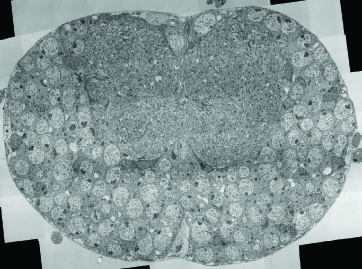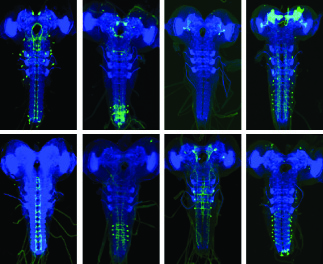



Neural Circuits for behavioral choice
We study how animal choose the right action at the right time at the level of circuits, neurons, molecules and genes.
Neural Circuits for behavioral choice
We study how animal choose the right action at the right time at the level of circuits, neurons, molecules and genes.
open position
Interested candidates should send a CV and statement of interest, along with names of references to tomoko.ohyama[at]mcgill.ca

Research
We use Drosophila to study how animals select the specific actions at level of circuit, neurons, molecules and genes.
Research
We use Drosophila to study how animals select the specific actions at level of circuit, neurons, molecules and genes.
Drosophila larvae have a rich repertoire of behaviors they produce in response to specific stimuli and use various strategies to escape from unpleasant stimuli. Escape behaviors are critical for survival and require optimal performance. To achieve such performance, the larval brain must produce specific spatiotemporal patterns of output appropriate to the corresponding patterns of input. Such decisions require multisensory integration—a process that is difficult to study in a large nervous system because the convergence of neural signals must be tracked at many sites.
We combine high-throughput behavior analysis with live imaging/physiology of neural activity and transmission electron microscopy (TEM) reconstruction of neuronal circuits. To analyze neuron-behavior relationships, We combine 1) genetic tools to manipulate individual neurons; 2) a high-throughput behavioral tracking system that allows temporally controlled stimulation of many freely moving larvae at once (Plos One, Ohyama et al. 2012); 3) TEM neuron reconstruction (in collaboration with the Cardona lab at the Janelia Research campus [JRC]); and 4) unsupervised structure learning methods to categorize behaviors in an unbiased fashion (Science, Vogelstein, Park, Ohyama et al. 2014).
We are specially interested in the following three indepenent questions.
1) Elucidation of integration mechanisms at command neurons:
2) Analysis of action sequences:
3) Circuit-level analysis of how genetic changes alter behavior:

Lab Pictures
Lab Pictures
Dec 2020 - Social distance!
Summer 2019
Fall 2018
January 2018












